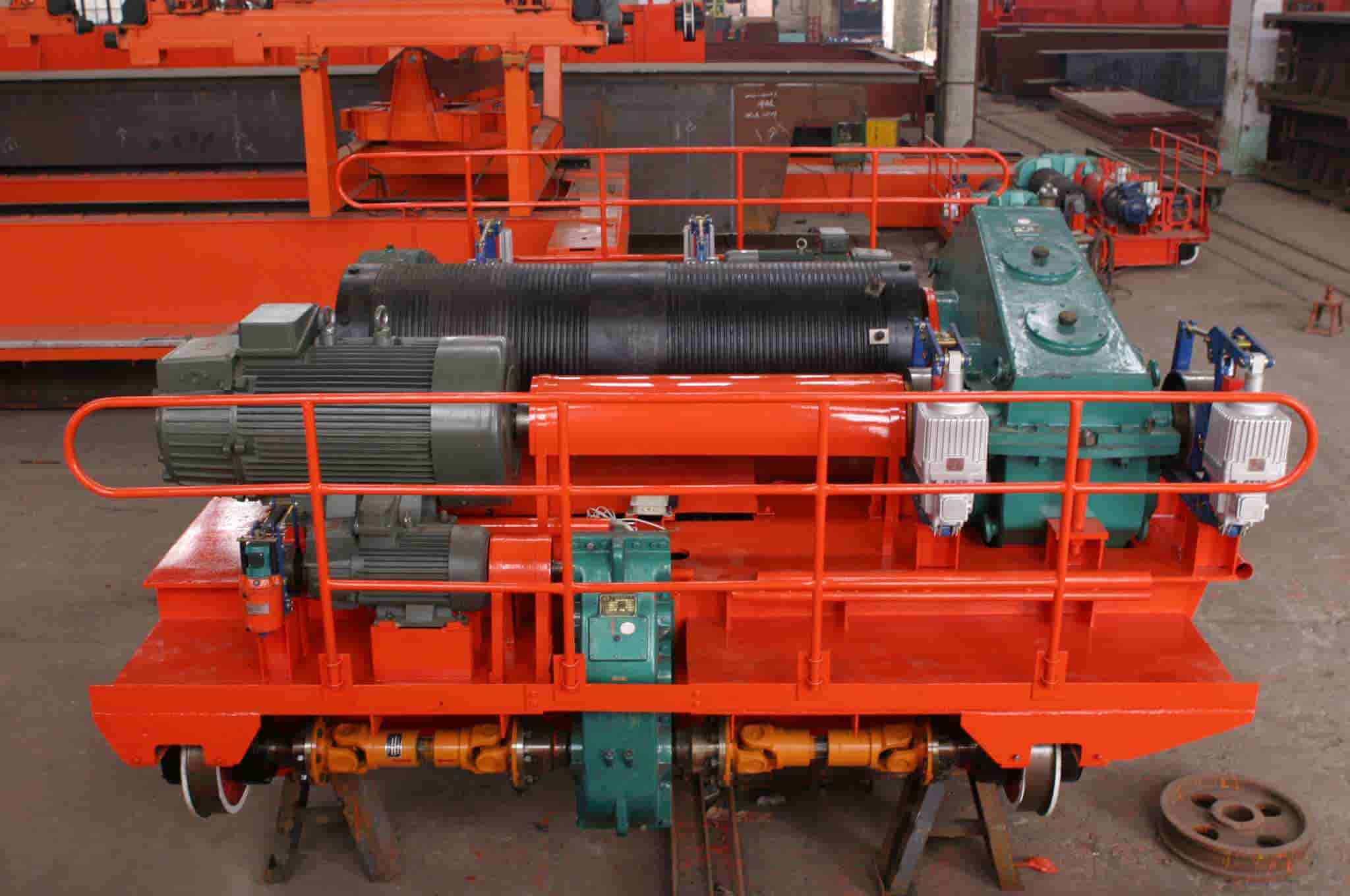What’s the problem with the severe shaking of the bridge crane?
When an enterprise uses a bridge crane for operations, if there is a serious jitter, accompanied by a louder sound, it indicates that the crane has certain problems, and the user must investigate the problem. Through summarizing past experience, it is found that the failure of the trolley operating mechanism of the bridge crane will cause severe vibration and noise during the braking process of the crane. The main reasons are as follows:
- When the bridge crane is started or braked, the crane will vibrate due to inertia. Nowadays, crane carts generally use soft-start motors, and start jitter rarely occurs;
- The staff operating the crane violated regulations or made operational mistakes. For example, the sudden reverse operation of the crane caused the motor to reverse and the impact torque was too large, and the crane jittered;
- Lack of lubricating oil in the reducer of bridge cranes will cause poor rotation of gears, or serious gear wear and large gaps, which will cause the crane to shake and make loud noises;
- It may also be caused by the out-of-synchronization of the crane’s trolley operation mechanism, which causes the bridge crane to have rail gnawing failure , and the crane torsion and shake and generate huge noise.

During the use of bridge cranes, companies should establish relevant maintenance systems and do a good job of lubrication, maintenance, and repair of cranes.
- Check the brake; check the installation and fixing condition of each pin and the wear and lubrication condition.
- Check whether all the bolts are loose or lacking.
- Check the bolt tightening of the base of the motor, reducer, etc., and tighten them one by one.
- Check the lubrication condition of the reducer, the oil level should be within the specified range, and measures should be taken to prevent leakage at the oil seepage part.
- Lubricate the gears.
- Check the wear of the wire rope at the balance pulley, and lubricate the pulley and pulley shaft.
- Check the condition of the pulley to see if it is flexible, whether it is damaged or cracked, and pay special attention to the wear of the fixed pulley shaft.
- Check the brake wheel. The unevenness of the working surface should not exceed 1.5mm, the brake wheel should not have cracks, and its radial runout should be less than 0.3mm.
- Check the wear of the rim and tread of the wheel.
- Check whether the cable brackets, small pulleys, etc. are damaged or blocked;
- Keep the contactors, fuses, switches, etc. on the control panel of the power box clean to prevent leakage and short-circuit.
- Do a good job of lubricating all parts of the vehicle.
On the basis of doing a good job in the maintenance of bridge cranes, companies should also train operators and formulate complete operating procedures. Operators must strictly abide by the driver’s operating procedures to avoid errors and violations. Ensure the safe and orderly operation of the equipment.
